What RCD to put in a private house: an example of selection + selection tips
To think over what RCD to put in a private house, you need to carefully and responsibly. The device must have the necessary operating power and in all technical parameters correspond to the electrical system available in the room. How to correctly select a security element that meets the requirements?
We will tell you how to find a device that will function correctly for a long time. The selected model will protect the housing from fire situations, protect equipment from burnout, and users from burns and electric shocks. The list of the best offers on the market will help in choosing.
The content of the article:
General description and purpose of the device
The abbreviation "RCD" stands for protective shutdown device.
The unit is used for such important purposes as:
- differential protection of a person from current shocks at the moment of touching a household appliance, which, under various circumstances, is energized;
- protection of residential real estate from a fire provoked by low-quality insulation of house electrical wiring.
From a physical point of view, the basic function of the device is to protect the power grid from high leakage currents by instantly and completely shutting down the system at the time of fixing indicators that exceed the maximum permissible norms.
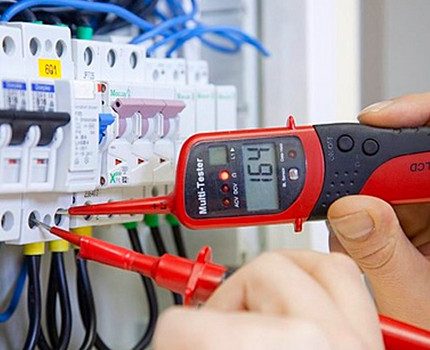
There are certain requirements for the installation and use of the module. You can learn about them clearly and in detail in the relevant documents, for example, in the latest editions of the PUE or in brochures that describe the current series of standards for electrical installations of IEC 60364 structures and the effects of electric current on people IEC 60479-1.
Design features of devices
The residual current device is not too complicated and consists of only four basic working elements, such as:
- differential current transformer;
- special mechanism responsible for breaking the connected circuit;
- electromagnetic type relay;
- test node.
Counter windings - zero and phase - are connected to the transformer device. When the network operates in the normal standard mode, the conductors in the region of the transformer core control magnetic fluxes that initially have a counter direction.
By type of construction residual current circuit breakers subdivided into electromechanical and electronic. Products of the first type are a simplified type of protection module, and they act immediately when the current leakage is initially fixed, regardless of what voltage is currently available in the network.
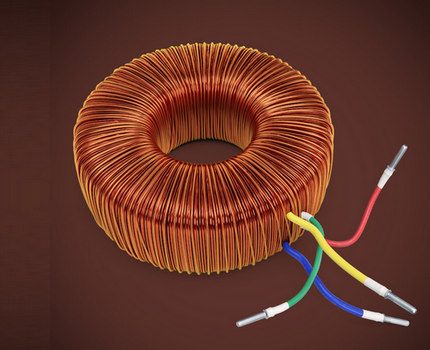
For proper operation, the device does not need an external power source. It has good operational stability, since it does not have any electronic parts in the structure that could be damaged or burned out when the network is overloaded or as a result of sudden voltage surges.
It costs quite cheaply and is sold in almost any store that sells an assortment for household needs or the construction of electrical networks. It works reliably and for a long time, without the need for complex additional maintenance.
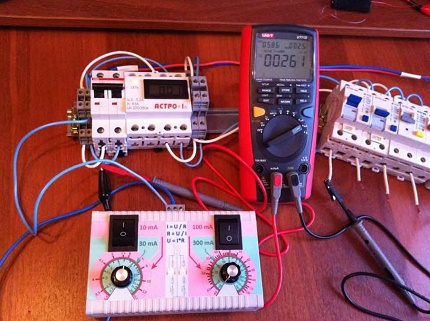
RCD electronic type refers to more modern monitoring modules and is equipped with sensitive microcircuits that respond to any changes that occur in the network. It works even if the internal voltage drops, since the transformer element "notices" only the difference in the difference in current flows.
The main working body is the electronic board located inside with a special amplifier. For proper operation, it certainly needs power from an external network. If the system has a base voltage of 220 V, the protective device immediately reacts to the leak and opens.
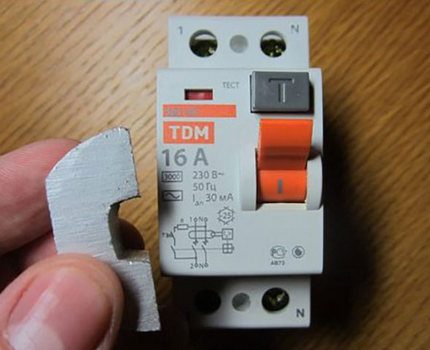
The electronic device is very sensitive and as a result of constant voltage drops can fail and lose protective functions, and apparently this will not be noticeable.
In order not to suffer from such a situation, experts strongly recommend that users monthly check the RCD for performance by pressing the "Test" button located on the device’s body.
How does the protection device work?
The connection of the protective module to the main electrician is always carried out after the introductory circuit breaker and electricity meter. RCD with one phase, designed for a network with a standard rating of 220 V, has in its design 2 working terminals for zero and phase. Three-phase units are equipped with 4 terminals for 3 phases and a common zero.
While in the activated mode, the RCD compares the parameters of the incoming and outgoing currents, and calculates how many amperes are used for all available electrical consumers in the room. With proper operation, these indicators are no different from each other.
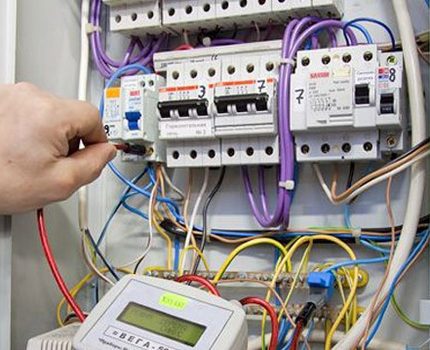
The difference between the input and output currents clearly indicates that there is an electric leak in the house. Sometimes it occurs due to contact of a person with a bare wire.
The RCD detects this situation and immediately de-energizes the controlled section of the network in order to protect the user from the potential shock, burns and other household injuries associated with electricity.
The lowest threshold at which the residual current device trips is 30 mA. This indicator is called the level of non-release, at which a person feels a sharp current shock, but can still release an object that is under voltage.
At an alternating voltage of 220 V at a frequency of 50 Hz, a current of 30 milliamps is already felt very strongly and causes a convulsive contraction of the working muscles. At such a moment, the user is physically unable to unclench his fingers and throw aside the part or wire under high voltage.
All this leads to dangerous situations that threaten not only health but also life. Only correctly selected and correctly installed RCDs can prevent these troubles.
Functional classification
All protective devices offered on the market of related electrical equipment and accessories today differ from each other in the type of work. AC modules are mounted in systems designed to protect household appliances from surges or slowly rising voltage and operate with alternating current.
Products A pick up a constant pulsating current, which grows stepwise, and react precisely to it. They are usually placed in houses for personal protection against differences and combustion of washing machines, televisions and dishwashers. They have a structurally complex device and are much more expensive than other elements of this class.
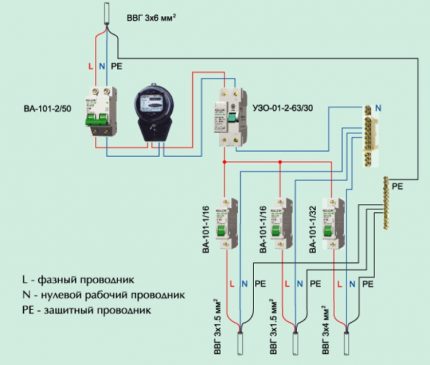
Apparatus B is not suitable for homes and other living quarters. Their area of operation is enterprises and production workshops with a large number of electronic equipment.
Selective devices S and G are triggered 1-4 seconds after fixing the leak. Usually they are implemented in networks where several protective devices are present in one power line at once.
Key product selection options
It is necessary to choose an RCD in strict accordance with the main operating indicators of the electrical system located in the house.
Too strong protection, far exceeding the power of all household appliances available to the owners, in the future will not cope with the task and will not be able to protect the user and housing from fire hazard situations because it will not fix a dangerous leak.
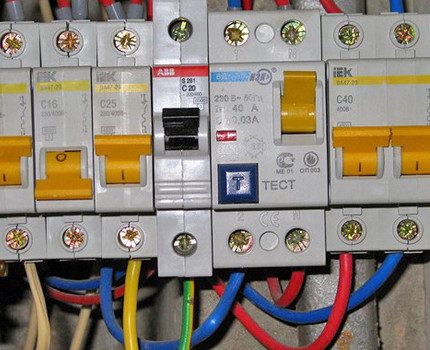
The device, designed to operate at relatively small excesses, simply can not withstand the elementary load. In addition, it will start to work too often, thus causing a lot of inconvenience to the owners of the premises.
Selection by type of mains voltage
Voltage 220 V is a classic indicator, relevant for single-phase networks used for the purpose of power supply to standard consumers. The normal deviation from the indicator is within +/- 5%.
According to these data, the voltage range of 209-231 V is considered optimal and does not exert unnecessary loads on the system and the devices connected to it.

To protect such a network, usually laid in a small house, a simple RCD is used, designed for single-phase network connection and insignificant power surges and correct operation with already existing circuit breakers in the house.
Index power protection device It should be an order of magnitude higher than the total total capacity of all household appliances available in residential premises.
In large-sized houses with a large number of household appliances and the presence of specific electrical appliances that ensure the life of the room, a more powerful and operationally stable three-phase 380 V network is often used
A special protective device is used for it, slightly different in configuration from the standard single-phase. The threshold level for such a product is very high. It is put in a special shield. In the shield UZO and machines arranged in a specific order according to the purpose and rules of selectivity.
The dispenser, regardless of the number of storeys of the structure, is always located below in the area of the entrance to the house. As a rule, an “S” protection is mounted on it with a certain delay time and a leakage current index of 100 mA.
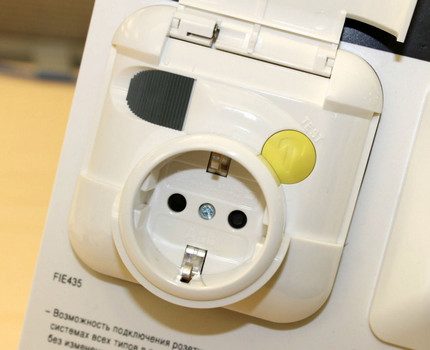
Power lines for floors, living rooms, technical rooms, kitchens and bathrooms are laid with an introductory machine. In separate rooms, where, according to the requirement of fire safety, the leakage current cannot exceed 30 mA, an individual single-phase protective unit is installed.
Number of poles of devices
The presence of a certain number of poles on safety devices is also an important criterion for selection. Bipolar products are used only in single-phase networks, where it is required to connect one working phase and zero.
If the single-phase network is equipped with a grounding system, then the RCD installation is carried out according to the schemes given in featured article. It describes in detail the options and rules for connecting a protective device to phase, ground and zero.
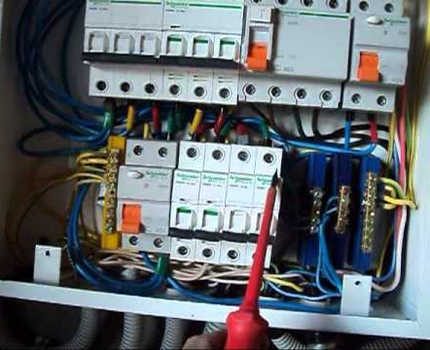
In systems of a three-phase type with a base voltage of 380 W, units with four active poles are used, designed to activate zero and three phases.
Through Current Level
The throughput or rated current of the RCD is directly dependent on the number and total power of the instruments and equipment connected to the electrical network.
In order for the input protective device to work correctly and not to knock out the phase when the user simultaneously activates several units of household appliances, this indicator should be calculated for all modules consuming energy resources available in the house.
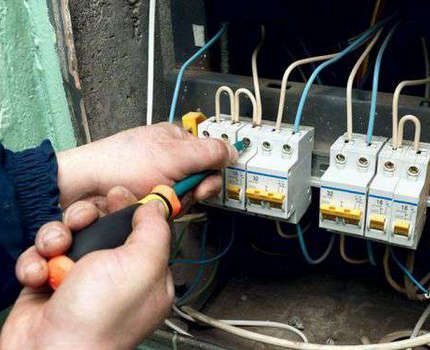
For convenience, manufacturers mark safety elements with numbers indicating the maximum size of the passage current in amperes.
Difference in leakage current
The leakage current is a certain value, upon reaching which the RCD disconnects the circuit and stops the power to the devices. This extreme threshold is called the nominal value and for various protective devices it is usually 10, 30, 100, 300 and 500 Ma. How to establish a selective RCD, you will learn from next article, the contents of which we advise you to read.
The optimal unit for small private houses is considered a unit of 30 mA.He copes with the assigned task and disconnects the line when a leak is detected that does not pose a danger to human life.
Products of a lower nominal value are excessively sensitive and will deactivate the power supply of devices with energy resources at the very slightest network fluctuation. There are others reasons for knocking out RCDthat a zealous host should know about.
The best manufacturers of RCD
The market for modern automatic equipment designed to control and manage electrical systems is undergoing a period of active growth. Well-known manufacturers and promising beginners are trying to offer customers the highest quality products with good functionality.
Automatic ABB Products
The Swiss-Swedish company ABB in this segment has been confidently holding the leadership position for more than a year. Residual current circuit breakers manufactured at the company's production facilities are considered very reliable, durable and completely safe.
At the same time, in all respects they meet the latest requirements for equipment and accessories of such a plan in the EU.
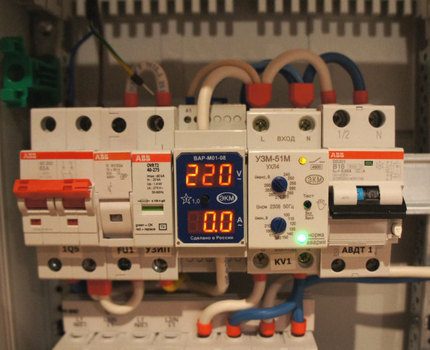
In the manufacture of its devices, the company uses innovative materials and parts with unsurpassed high operational stability. The assortment range of models is very wide and meets the needs of electrical systems of any power and complexity.
What IEK offers users
IEK is a leading domestic manufacturer and supplier of lighting and electrical products. It has been successfully operating on the Russian market and the post-Soviet space for more than 17 years. It creates diverse quality equipment and provides a prolonged warranty on its products.
IEK residual current circuit breakers are in great demand in Ukraine, Russia and Belarus due to the combination of optimal quality and affordable cost. Products are included in the line of budget goods and allow you to equip the security of the electrical system for a reasonable price.

Each device fully complies with the declared characteristics and, when used correctly under the conditions described by the manufacturer, always fulfills the prescribed period.
True, buyers sometimes complain that the devices have a weak plastic case that can crack or break in the case of tightening with clamping screws and often make a hum, even when they are very lightly loaded. Nevertheless, these minuses practically do not affect the turnover of IEK, which is only increasing from year to year.
The nuances of products Contactor
The Kontaktor plant is one of the largest enterprises engaged in the manufacture of electrical products and related parts in Russia. Since 2007, it has been part of a group of companies that own the famous French brand Legrand. The concern specializes in the creation of lighting and electrical equipment.
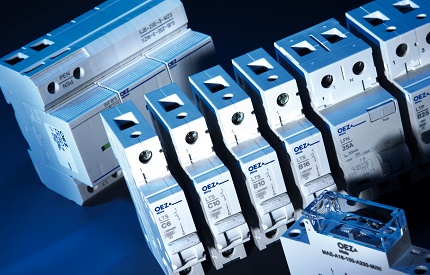
The peculiarity of the plant’s products is that they are made in the same way as at the European enterprises of Legrand, and the cost does not exceed the price of similar domestic devices.
Classic installation solution
Of course, in each individual case, RCDs are selected taking into account the individual characteristics of the electrical system and household appliances that are present in the living room. However, there is a universal option, suitable for most average houses.
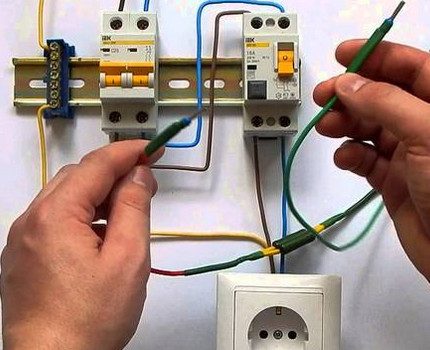
In reality, the circuit is as follows: after the introductory machine, the 100 mA protection device is placed first. Outgoing lines that distribute the current flow directly to floors and rooms are protected by more sensitive and sensitive devices with an indicator of 30 mA.
On the line leading the electrician to devices located in rooms with a high level of humidity, for example, in a bathroom, bathtub or kitchen, a 10 mA protection device is installed with a rated current not lower than the current of the machine mounted in front of the RCD itself.
What is the difference between the protective shutdown device and the “closest ally”, a differential automaton, you will find out by reading Featured article. It details a difficult but very interesting topic.
Conclusions and useful video on the topic
What is an RCD, what is it for and how to correctly install this device in a private house:
Rules for choosing an RCD for residential private houses in terms of differentiated current and electrical wiring length. A detailed explanation of the process from a professional wizard:
Installing an RCD in a private house will not require significant material investments from the owners, but it will increase the safety of the electrical system, protect residents from electric shocks and burns, and protect real estate from fires.
In order for the device to work honestly, it is better to choose a reliable product of a popular brand, and not a Chinese nameless one. It will not be possible to save here, but the result of the proprietary module will be several times higher than that of a cheap analogue.
Tell us about how you selected a residual current device for installation in the dashboard of a country house. Share useful information that may be useful to site visitors. Please leave comments in the block below, ask questions, publish photos on the topic of the article.

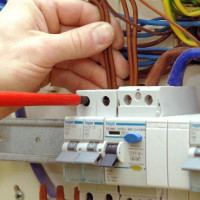 Differential circuit breaker: purpose, types, marking + selection tips
Differential circuit breaker: purpose, types, marking + selection tips  Fire RCD: selection recommendations, rules and installation diagrams
Fire RCD: selection recommendations, rules and installation diagrams 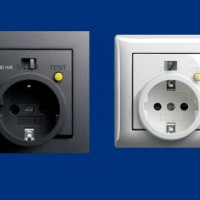 Socket with built-in RCD: device, connection diagram, recommendations for selection and installation
Socket with built-in RCD: device, connection diagram, recommendations for selection and installation 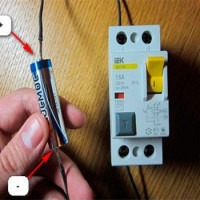 How to check the RCD for operability: methods for checking the technical condition
How to check the RCD for operability: methods for checking the technical condition 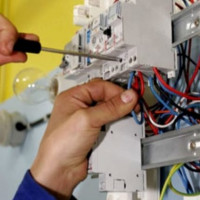 RCD for a water heater: selection criteria + schemes and connection rules
RCD for a water heater: selection criteria + schemes and connection rules 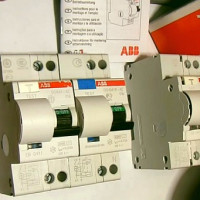 How to choose the right RCD by capacity: existing types of RCD + subtleties of choice
How to choose the right RCD by capacity: existing types of RCD + subtleties of choice  How much does it cost to connect gas to a private house: the price of organizing gas supply
How much does it cost to connect gas to a private house: the price of organizing gas supply  The best washing machines with dryer: model rating and customer tips
The best washing machines with dryer: model rating and customer tips  What is the color temperature of light and the nuances of choosing the temperature of the lamps to suit your needs
What is the color temperature of light and the nuances of choosing the temperature of the lamps to suit your needs  Replacement of a geyser in an apartment: replacement paperwork + basic norms and requirements
Replacement of a geyser in an apartment: replacement paperwork + basic norms and requirements